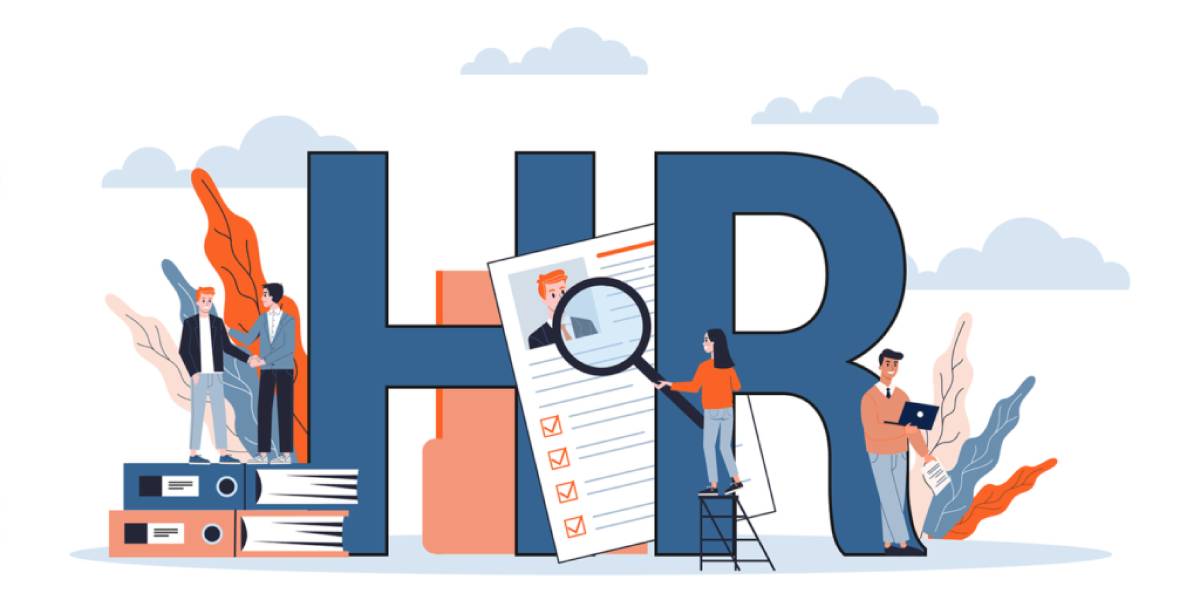Agile methodology, initially designed for software development, has spread beyond its original scope to transform numerous organizational processes, such as human resources (HR) practices. It is the implementation of principles on Agile to HR functions that encourages an adaptable, employee-oriented and responsive approach. This guide will dive into the aspects of Agile HR ranging from its practices and analytics to implementation strategies.
In the field of Agile HR, managing performance has a unique importance. Old-fashioned yearly checks are replaced by a constant and active way that supports ongoing feedback and betterment. Agile HR performance management that uses agile practices includes making sure goals are clear and can be measured, keeping an eye on progress all the time and giving quick feedback right away. This way lets workers easily change their goals and methods. It makes sure that employees always work towards the same company goals.
Understanding Agile HR
Agile HR incorporates the concepts of Agile methodology into human resource management, focusing on adaptability, teamwork and field speed to react. Agile practices can be adopted by HR departments to iteratively improve processes and encourage continuous learning, as well as open communication channels. The method focuses on employees’ feedback and quick adoption of changes motivating HR functions to be more in line with the organization’s objectives and employee requirements. This transcends the conventional, inflexible processes to create fluid, adaptive plans that enhance employee engagement and increase operational effectiveness. It is a contemporary reflection on HR to maintain continuous development and organizational nimbleness.
Agile HR Analytics
Agile HR Analytics involves leveraging data-driven insights within an Agile framework to enhance human resource decision-making. This approach uses real-time data to assess and react to workforce trends, performance metrics, and employee engagement levels rapidly. By utilizing Agile HR Analytics, organizations can continually adapt their HR strategies to meet the evolving needs of both the employees and the business. This iterative process empowers HR professionals to make informed, nimble decisions that boost overall productivity and business agility, ensuring that HR initiatives are always aligned with current objectives and market conditions.
Agile HR Practices
Agile HR practices integrate the principles of Agile methodology into human resources management, prioritizing adaptability, employee involvement, and iterative development. These practices reshape traditional HR activities into flexible, collaborative processes that encourage ongoing feedback and swift action. Agile HR fosters a culture that supports continuous improvement, cross-functional teamwork, and the empowerment of employees to take a proactive role in their development and performance. By implementing these progressive practices, HR departments can rapidly respond to changing workforce dynamics, enhance employee satisfaction, and ensure organizational goals and HR strategies are in sync.
Agile Methodology in HR
While the Agile methodology is put into practice for HR, it affects recruitment and onboarding, learning and development, as well as performance management. In contrast, with fast iterations and incremental changes, the workplace can be vibrant enough to match talent market movements or adjust business strategy swiftly.
Agile HR Performance Management
To bring Agile into performance management is to change the traditional annual review into a continuous process involving frequent feedback, goal setting and progress check-ins. This makes performance management ongoing, cooperative, and consistent with organizational goals.
Agile HR Strategy
Agile HR strategy focuses on creating a responsive, forward-thinking approach to human resources that aligns closely with the fast-paced business environment. It entails crafting HR policies that are both flexible and robust, enabling quick adaptation to market changes, technology advancements, and evolving workforce expectations. Adopting this strategy means continuous learning, transparent communication, and iterative policy improvements, all built on employee feedback. This strategic outlook ensures that HR initiatives contribute effectively to organizational agility, talent development, enhanced productivity, and the overall strategic objectives of the company, making the organization more resilient and competitive.
Formula HR Agility
The formula for HR agility can be an equation or a range of principles that can calculate and/or improve the agility level of the HR processes. A standard formula is a measure of how fast and flexible HR strategies are in response to shifting business needs.
Conclusion
Adopting Agile in the HR department is not just about speeding up processes, but it is a fundamental change that rethinks how the HR team supports and empowers an agile organization committed to continuously improving work results. An ‘agile HR’ therefore positions human resources at the center of organizational agility in response to emerging business and employee needs.
As organizations adopt this contemporary approach, solutions such as Time Champ can play an important role in the transition. In Agile HR, Time Champ can track time and productivity, enabling decisions to be based on data. From here on, HR teams may choose to implement this strategy to remain competitive in the dynamic world of work.
FAQs
Agile HR is a modern approach aligning agile strategies with people management, fostering adaptability and innovation in the workplace.
Agile HR emphasizes quick, step-by-step actions, continuous feedback, and ongoing adaptability, contrasting with traditional HR’s more rigid practices.
Agile HR performance management focuses on continuous feedback, agile goal-setting, and real-time recognition, replacing traditional yearly checks for ongoing improvement.
